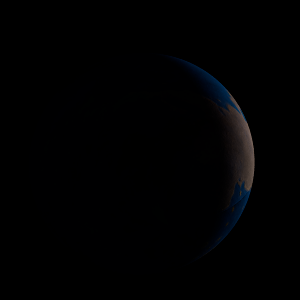|
|
Space Astro
|
Info for exoplanet "Dasuida Zu"
| Scientific (actual) data |
|---|
| Name | Kepler-368 b |
| Planet status | Confirmed |
| Radius | 0.291 |
| Orbital period | 26.8477 |
| Semi major axis | 0.186 |
| Discovered | 2014 |
| Updated | 2021-02-05 |
| Tconj | 2454980 |
| Impact parameter | 0.28 |
| Publication | Announced on a website |
| Detection type | Primary Transit |
| Alternate names | 2MASS J19273121+4523165 b, K02175.01, KIC 9022166 b, KOI-2175 b, KOI-2175.01, WISE J192731.20+452316.3 b |
| Star name | Kepler-368 |
| Right ascension | 291.88° |
| Declination | 45.39° |
| Mag j | 11.6 |
| Mag h | 11.229 |
| Mag k | 11.175 |
| Star distance | 788.3 |
| Star metallicity | -0.489 |
| Star mass | 0.71 |
| Star radius | 2.02 |
| Star temperature | 5502 |
| Star alternate names | 2MASS J19273121+4523165, KIC 9022166, KOI-2175, WISE J192731.20+452316.3 |
| Wikipedia article | Kepler-368 b |
Back
| |
| Fictional info (?) |
|---|
| Suggested name | Dasuida Zu |
| Planet type | Planet |
| The outer atmosphere is visibly segregated into several bands at different latitudes, resulting in turbulence and storms along their interacting boundaries. |
| Atmosphere | Neon | 99% |
| Water vapor | 0.065% |
| Atmospheric pressure | 1.9 bar |
 |
| No known satellites |
| Google search for Dasuida zu |
|
Website by Joachim Michaelis
|
|
|
|